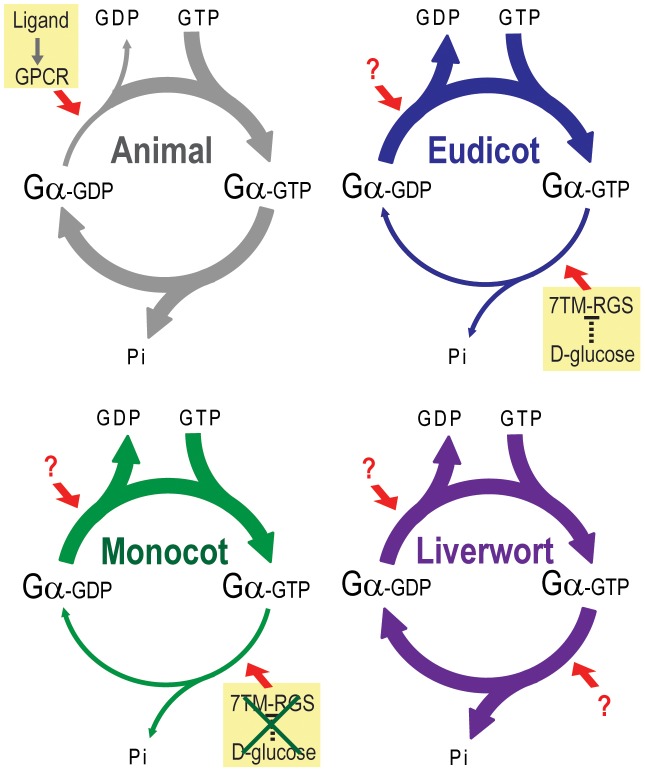Figure 8. Model of G protein activation in the plant kingdom.
Slow rate of GDP release and GTP hydrolysis is indicated by a thin arrow. A rapid rate is indicated by a thick arrow. In animals, a rate of GDP release from Gα is much slower than that of GTP hydrolysis. Thus, acceleration of the GDP release by GPCR changes the G protein from inactive to active. In eudicots and monocots, GDP release is rapid, and GTP hydrolysis is much slower than the GDP release. Thus, G protein can self-activate without the aid of a GPCR or other GEF. Instead, the eudicot G protein is regulated by a 7TM-RGS protein, which constitutively promotes GTP hydrolysis step on plasma membrane. However, some monocot genomes lack the 7TM-RGS gene, thus some monocot G protein must use an unknown mechanism to regulate activation. In addition, a 7TM-RGS gene is not expressed in a liverwort. However, a liverwort G protein has a rapid rate of both GDP release and GTP hydrolysis, which is likely to compensate for the loss of the 7TM-RGS gene.

